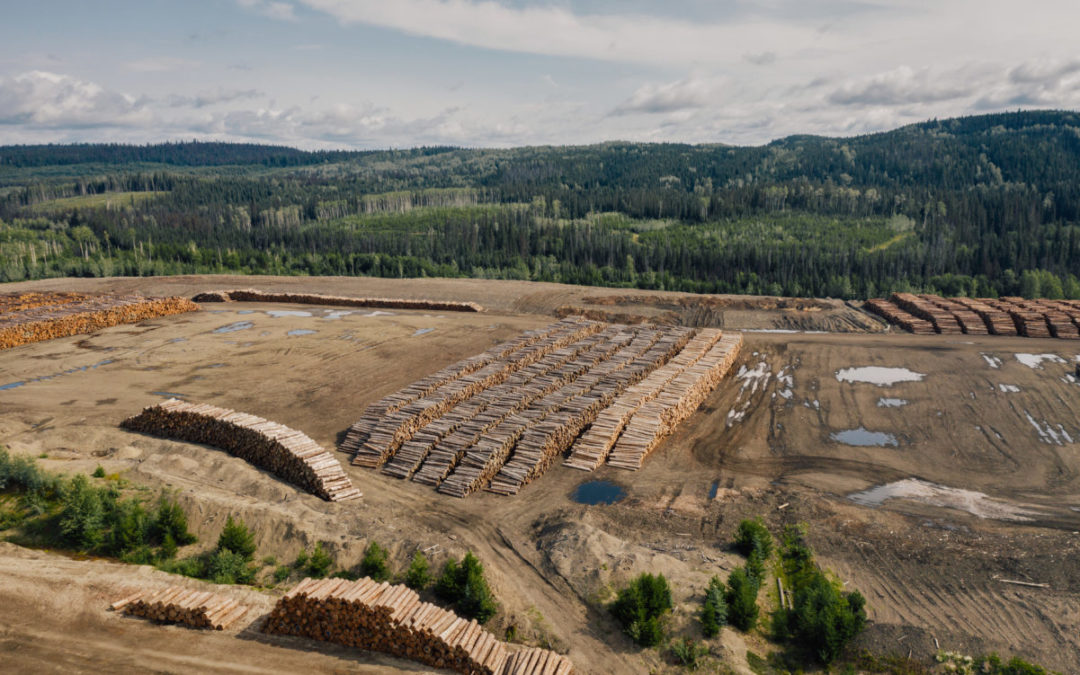SOURCE: The Narwhal
DATE: July 27, 2019
SNIP: By all accounts, a rainforest shouldn’t be scattered in moist valley bottoms stretching from the Cariboo Mountains east of Prince George to the Rocky Mountains close to the Alberta border. Other temperate rainforests, far from the sea, are only found in two other places in the world, in Russia’s far east and southern Siberia.
Scientists wonder at the alignment of nature that made it possible for coastal species to hitchhike here thousands of years ago and flourish undisturbed in the sheltered dampness that kept fire at bay. Tiny flecks of coastal lichens no larger than a millimetre stuck to the feathers and feet of migrating songbirds, while stowaway seeds sunk roots into valley soils, watered by year-round rain and the constant trickling of snow.
Following decades of industrial logging, much of what remains of B.C.’s undisturbed and unprotected inland rainforest is now at risk of being clear-cut — including the few unlogged inland rainforest watersheds between Prince George and the U.S. border, 800 kilometres to the south.
“I haven’t seen logging this bad since I flew over Borneo,” says DellaSala, president and chief scientist at the Geos Institute in Ashland, Oregon, a partner in an international project to map the world’s most important unlogged forests.
“It was a rainforest. Now it’s a wasteland.”
Clear-cut logging in B.C.’s inland temperate rainforest, found in valley bottoms that are part of a much larger ecosystem called the interior wet belt, is taking place at a rate “if not faster, then comparable to what we’re seeing in the tropical rainforest of Brazil,” says DellaSala, who carries binoculars and a professional camera.
“It took hundreds and hundreds of years for this forest to develop,” says Conservation North director Michelle Connolly, a forest ecologist.
“And it will take a really short period of time to eliminate this beautiful mature forest. It takes us days to knock it down, push the stuff we don’t want into a huge pile, burn the pile and then that’s the end of this stand … These old-growth forests are not renewable. They’re not coming back after you log them.”

